The island nation of Fiji has a population of about 900 000 with an estimated 5% (about 45 000) of people in need of ear and hearing care services. With only one ear, nose and throat (ENT) specialist based in the capital city of Suva, the majority of ear and hearing problems are handled by general practitioners (GPs) and nurse practitioners (NPs) working at primary level of care.
However, the medical study curriculum for GPs and NPs only offers limited opportunities for them to learn the management of conditions relating to ear and hearing care.
Importance of capacity building
To build the capacity of professional cadres including GPs and NPs in providing essential ear and hearing care to communities, the Ministry of Health and Medical Service initiated a two-day training programme in 2017.
Based on WHO’s Primary Ear and Hearing Care (PEHC) training manual, the main aim of the programme is to improve ear and hearing care knowledge and skills of medical and nurse practitioners working in health centres.
During the PEHC training, participants were taught how to use otoscopes, mop ears with ear wicks, and perform ear washouts. They learned the basics of ear disorders, how to assess hearing without specialized equipment such as an audiometer and when to urgently refer patients to the specialist ENT clinic.
Other primary health care workers such as public health nurses and school health teams in charge of public awareness and screening were also trained.
Dr Sailosi Soqo works at the Nausori health centre in the Rewa medical subdivision of Fiji. He is responsible for the provision of all clinical services to patients at his health facility including outpatient consultations, inpatient care, and management of medical emergencies.
Dr Soqo is also one of the graduates of the PHEC training programme which he completed in June 2022. He shares his perspective on the programme and its positive impact on his work to provide the best care for his patients
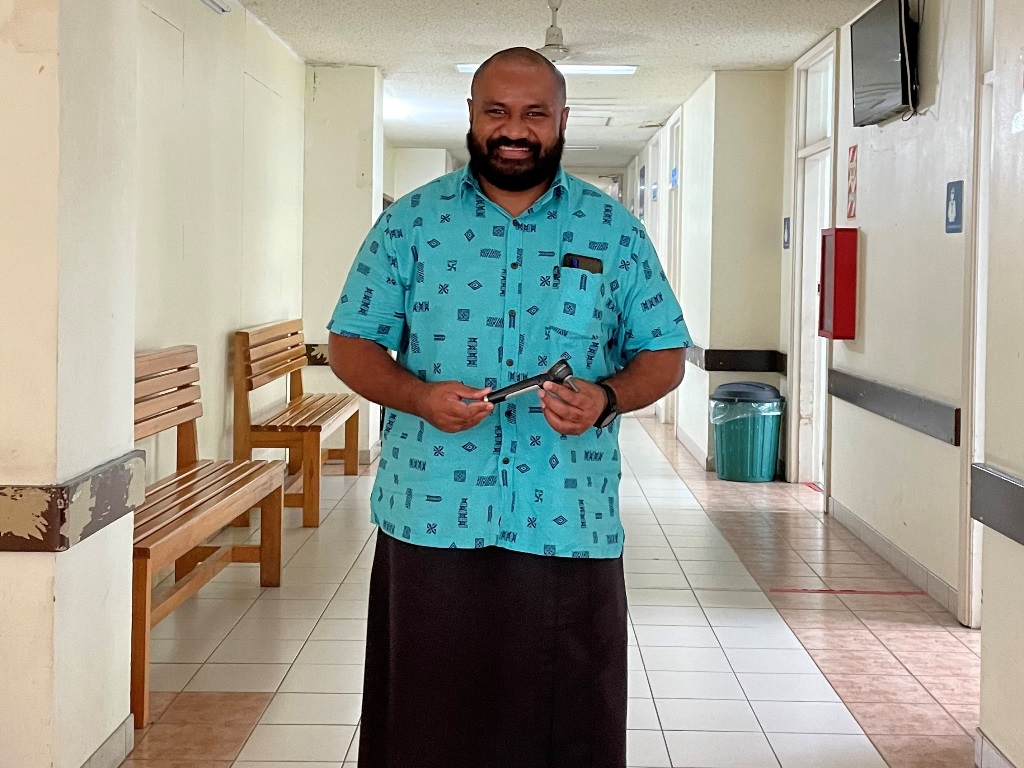
Dr Sailosi Soqo is a medical doctor at the Nausori health centre in Rewa, Fiji.
Every day, at least 10 people visit our health centre complaining of ear or hearing problems. Even though I have good medical knowledge with over ten years of experience in providing health services, my knowledge about ear diseases and hearing loss were limited.
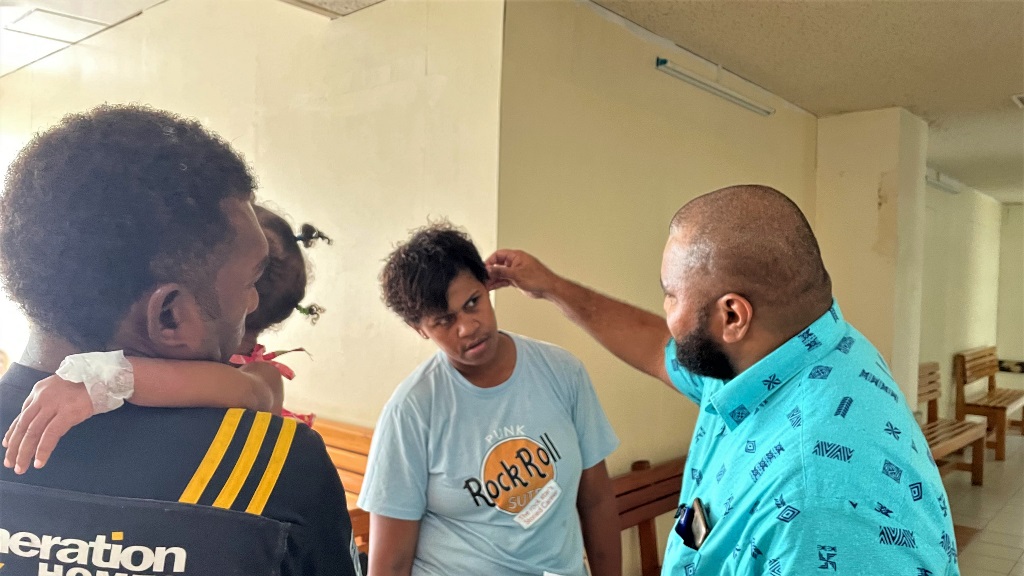
Dr Soqo explaining the proper use of ear drops to a mother whose baby has chronic ear infection.
Prior to the training, I used to provide antibiotic ear drops for people complaining of ear discharge, according to national antibiotic guideline. But this was done without a specific diagnosis, or any explanation about how to use the ear drops or practice good ear hygiene. Those that require specialized tests, have severe or complicated ear disease, or who don’t improve with treatment are referred to the Colonial War Memorial Hospital in Suva for specialist management.
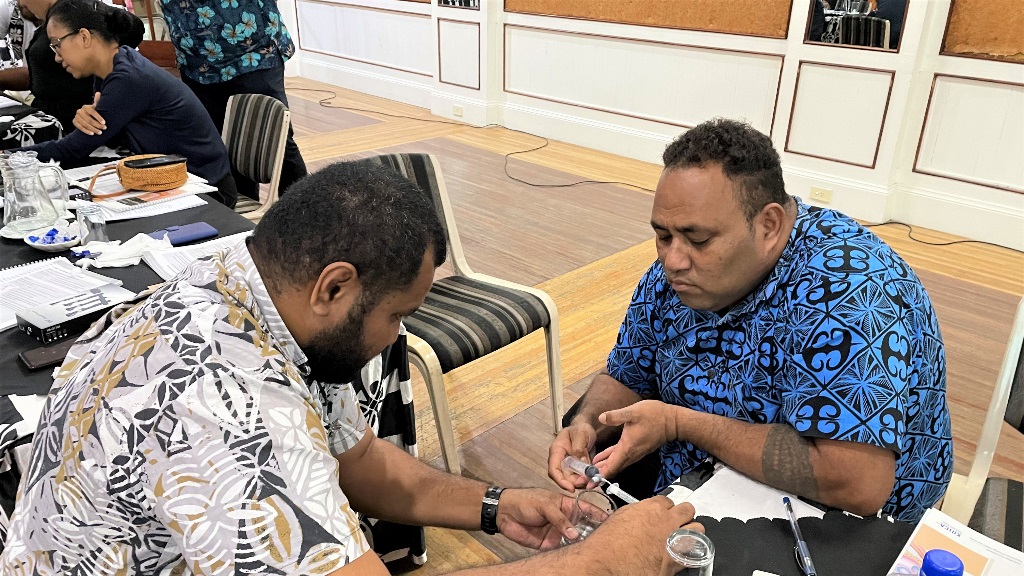
Dr Soqo learning how to remove ear foreign body and impacted ear wax using the ear flushing model.
During the training, I learned a lot about ear and hearing care, from ear anatomy and hearing physiology to diagnosis of otitis media and its proper management.”
The PEHC training programme is conducted over two days. Participants including health workers and doctors learn the basics of ear examination, hearing assessment and management of common problems. Through the comprehensive training modules, participants learn about:
- Structure and function of the ear
- Examination of the ear
- Diseases of the outer and middle ear
- Identification of hearing loss in children and adults (without use of specialized equipment)
- Rehabilitation of people with hearing loss
- Healthy ear care practices
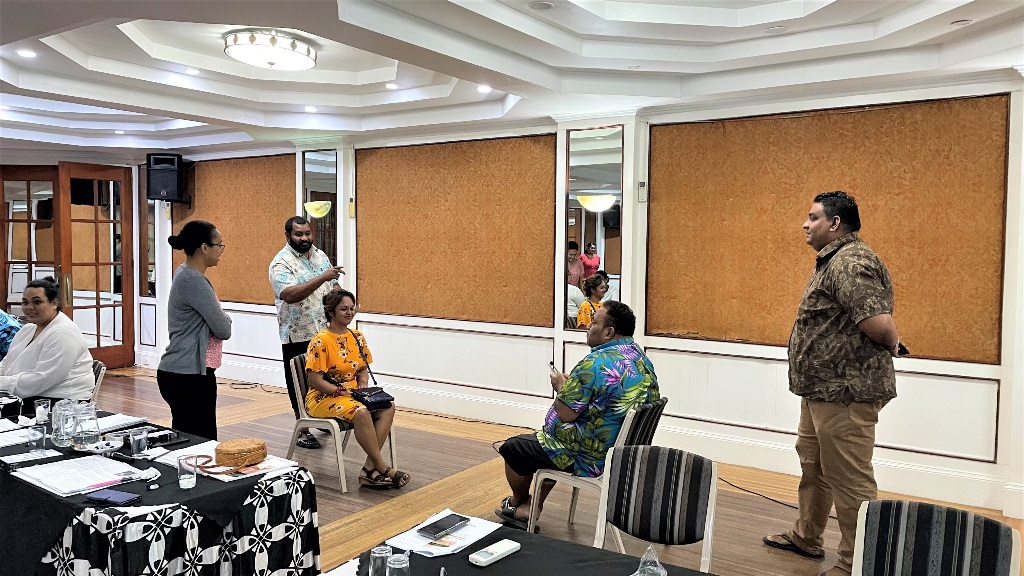
The training participants including Dr Soqo learn how to do a distraction test as part of hearing screening for babies.
After the training, I am able to examine, make a diagnosis and treat common ear diseases with proper explanations and provide clear instructions to my patients. For example, I can teach them how to use ear drops properly, and ways to maintain good ear hygiene.
Now, other general practitioners in the health centre often refer those who need ear and hearing care to me. This has reduced the number of referrals our centre makes to the ENT clinic and patients no longer need to travel to the capital city.
When needed, we are able to refer patients that show signs of complicated ear disease without delay, for example those with severe headache, sudden hearing loss and facial palsy.
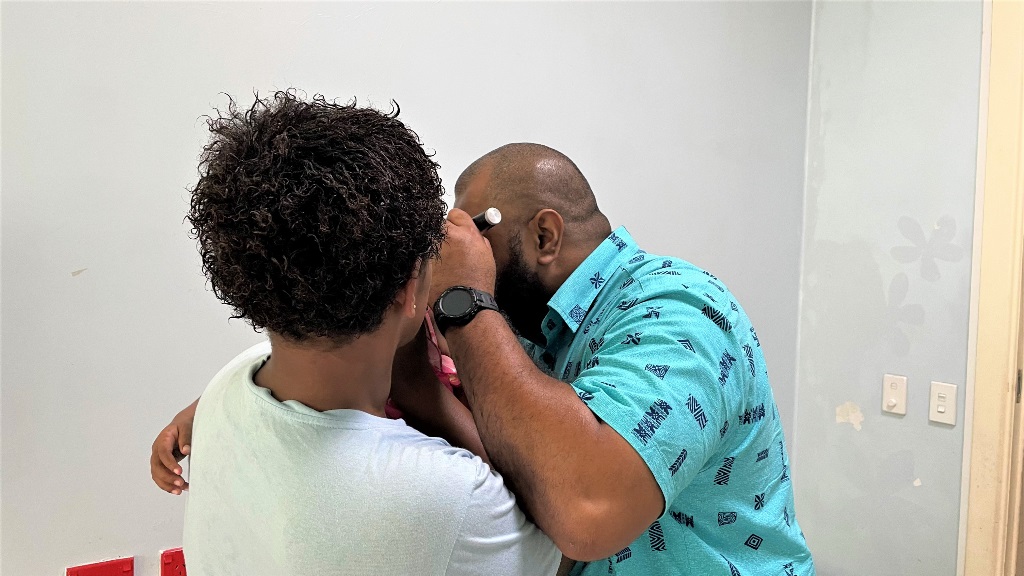
Dr Soqo examines the ear canal and ear drum of a patient using an otoscope.
In the future, I hope to train more colleagues working in the health centre including doctors, nurses, and school health teams in ear and hearing care as they encounter many patients with various ear and hearing conditions. I wish to implement community outreach programmes to raise awareness and encourage visits to the health centre for any ear or hearing problem.
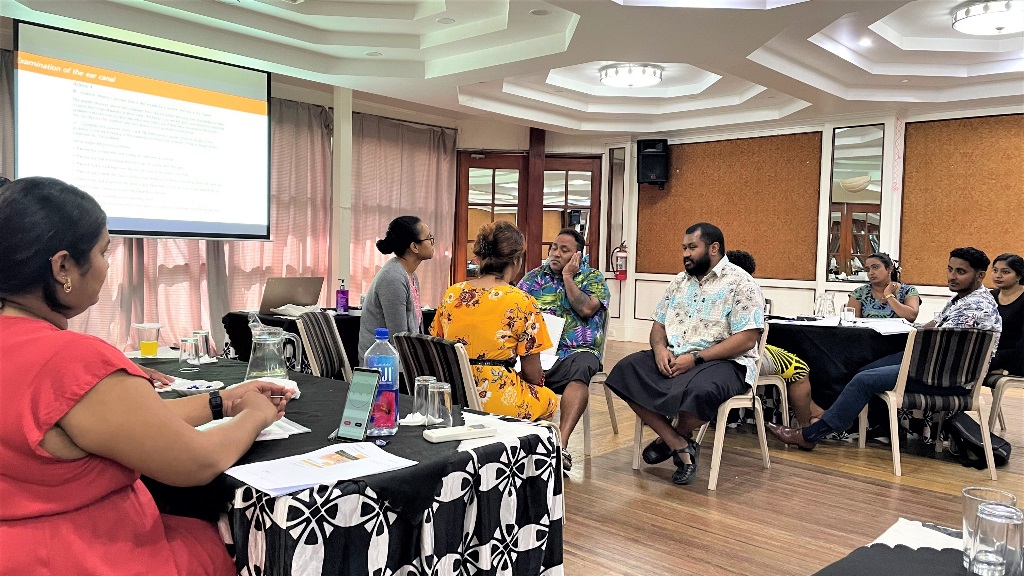
Dr Soqo and other participants in a doctor–patient role play session.
Twenty-three PEHC training programmes were conducted resulting in the training and certification of 672 GPs and NPs from 2017 to 2022. These trained cadres of health professionals play a critical role in improving the quality and accessibility of ear and hearing care for populations living in remote areas of Fiji.

A group of general doctors, nurse practitioners and other primary health care workers completed their training with the trainer, Dr Oh Chunghyeon.
WHO estimates that over 60% of the need for ear and hearing care can be addressed at the primary level. This is possible through trained health care providers equipped with basic equipment and knowledge on ear examination, identification of hearing loss, and management of commonly encountered problems like ear wax and ear discharge.
More about the PEHC training manual
The Primary ear and hearing care training manual developed by WHO is an important resource to inform the community about healthy hearing practices and facilitate early identification of hearing loss. The training manual is comprehensive, starting from the anatomy of ear and teaches a public health approach for ear and hearing care. It is clear and easy to follow with hands-on practice sessions. It is a great tool for participatory training which includes group discussions. After completion of the training programme, the participants are competent not only in preventing, identifying and treating ear and hearing conditions but they can also more effectively refer patients with severe ear diseases to ENT specialists.
